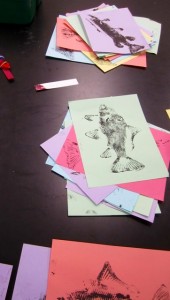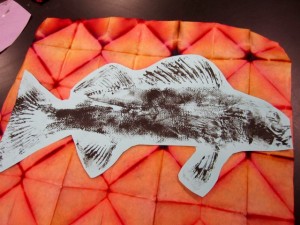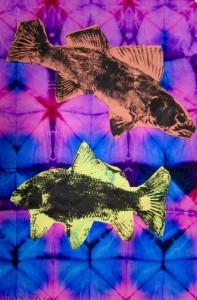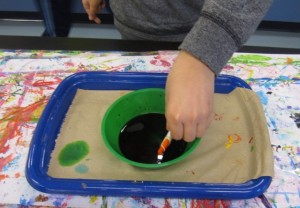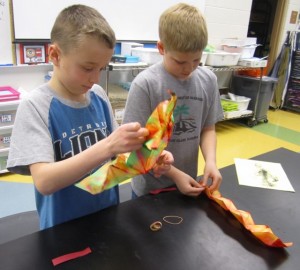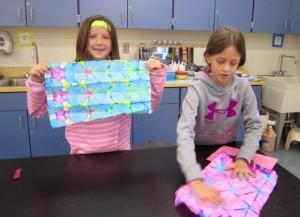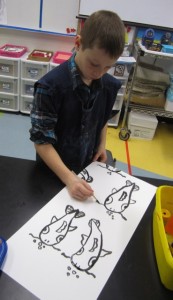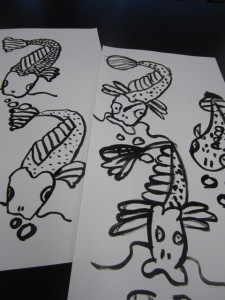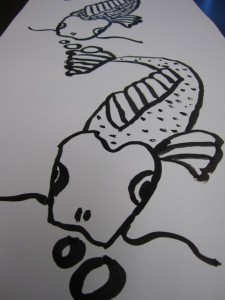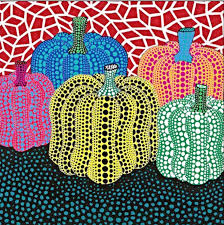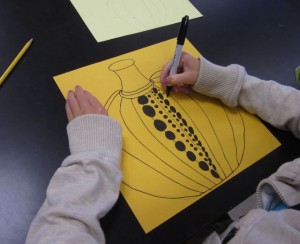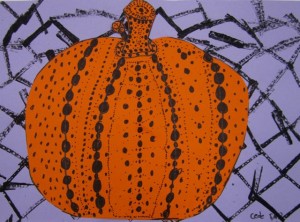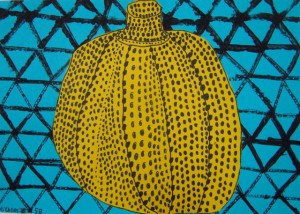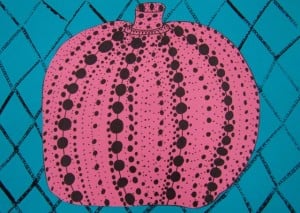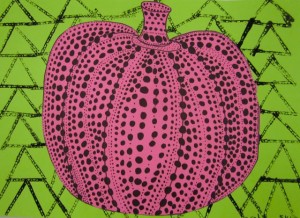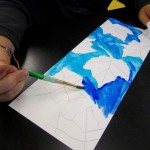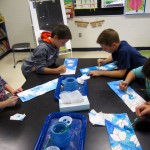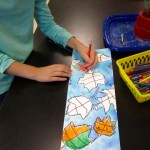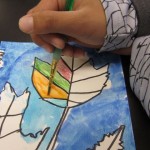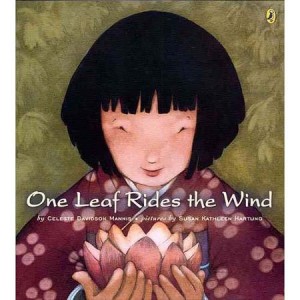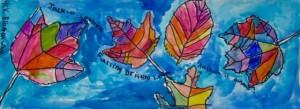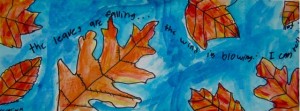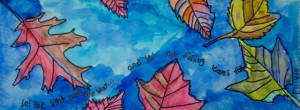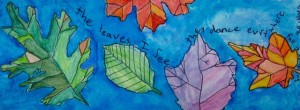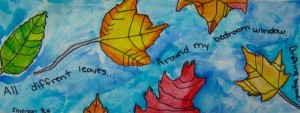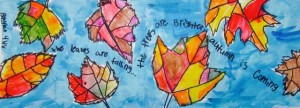Eeew – fish prints?! My third grade artists were a little bit worried when I began telling them about Japanese fish printing! Gyotaku (Japanese 魚拓, from gyo “fish” + taku “rubbing”) is the traditional Japanese method of printing fish, a practice that dates back to the mid-1800s. This form of nature printing may have been used by fishermen to record their catches, but has also become an art form of its own.
We watched this video about Gyotaku, and – the printing began – with rubber fish, of course!
Third graders painted their fish with printing ink and carefully placed paper on top, rubbing the paper to transfer the fish design to the paper. It was tricky to figure out how much ink to use, but after trial and error, they created some beautiful fish prints!
After carefully cutting out the prints, third graders glued them to their beautiful Shibori paper backgrounds. Find out more about our Shibori project here.
Here are some of their fabulous gyotaku pieces.
Visit our ARTSONIA on-line art gallery to see more gyotaku prints!
I Can Goals: *tell a friend what gyotaku means; successfully print three fish; mindfully cut and attach fish to a shibori background; explain the shibori paper dyeing process

